The remnants of Hurricane Ida flooded the New York City area, creating 'otherworldly and waterlogged chaos'

Four days after Ida plowed ashore near New Orleans as a Category 4 hurricane, the storm's remnants brought record rain, flooding, and tornados to Northeast and Mid-Atlantic states. An intricate system of levees spared New Orleans from flooding, but New York City and parts of New Jersey turned into rivers Wednesday night and early Thursday.
The National Weather Service issued its first-ever flash flood emergency for New York City on Wednesday night, and when the flood came, the governors of New York State and New Jersey and New York City Mayor Bill de Blasio declared states of emergency. Nearly every subway line in the New York City area was shut down, and several people were killed in sinking cars in New Jersey, a partially collapsed building in Queens, and a flooded apartment complex in Rockville, Maryland. New York City banned non-emergency vehicles from flooded roads.
"The sudden inundation from the remnants of Ida transformed familiar scenes of life in New York into otherworldly and waterlogged chaos on Wednesday night," The New York Times reports. "City buses turned into amphibious vehicles, plowing through several feet of water, past orange traffic cones floating like buoys in the muck. Subway stations roared with the sounds of rushing water that cascaded through platforms and down the stairs as if from a churning waterfall, flooding the tracks below."
The Week
Escape your echo chamber. Get the facts behind the news, plus analysis from multiple perspectives.

Sign up for The Week's Free Newsletters
From our morning news briefing to a weekly Good News Newsletter, get the best of The Week delivered directly to your inbox.
From our morning news briefing to a weekly Good News Newsletter, get the best of The Week delivered directly to your inbox.
"If you're thinking of going outside, don't," de Blasio tweeted. "Stay off the subways. Stay off the roads. Don't drive into these heavy waters." He urged New Yorkers to stay home Thursday morning, if possible.
Social media was full of images of people disregarding the stay-at-home advice, from food delivery couriers to a man floating on an air mattress in an alley, smoking a hookah.
Pennsylvania evacuated about 3,000 people below an overwhelmed dam near Johnstown, and tornadoes destroyed buildings in Maryland and New Jersey, The storm is expected to head north to Boston and other parts of New England.
A free daily email with the biggest news stories of the day – and the best features from TheWeek.com
Peter has worked as a news and culture writer and editor at The Week since the site's launch in 2008. He covers politics, world affairs, religion and cultural currents. His journalism career began as a copy editor at a financial newswire and has included editorial positions at The New York Times Magazine, Facts on File, and Oregon State University.
-
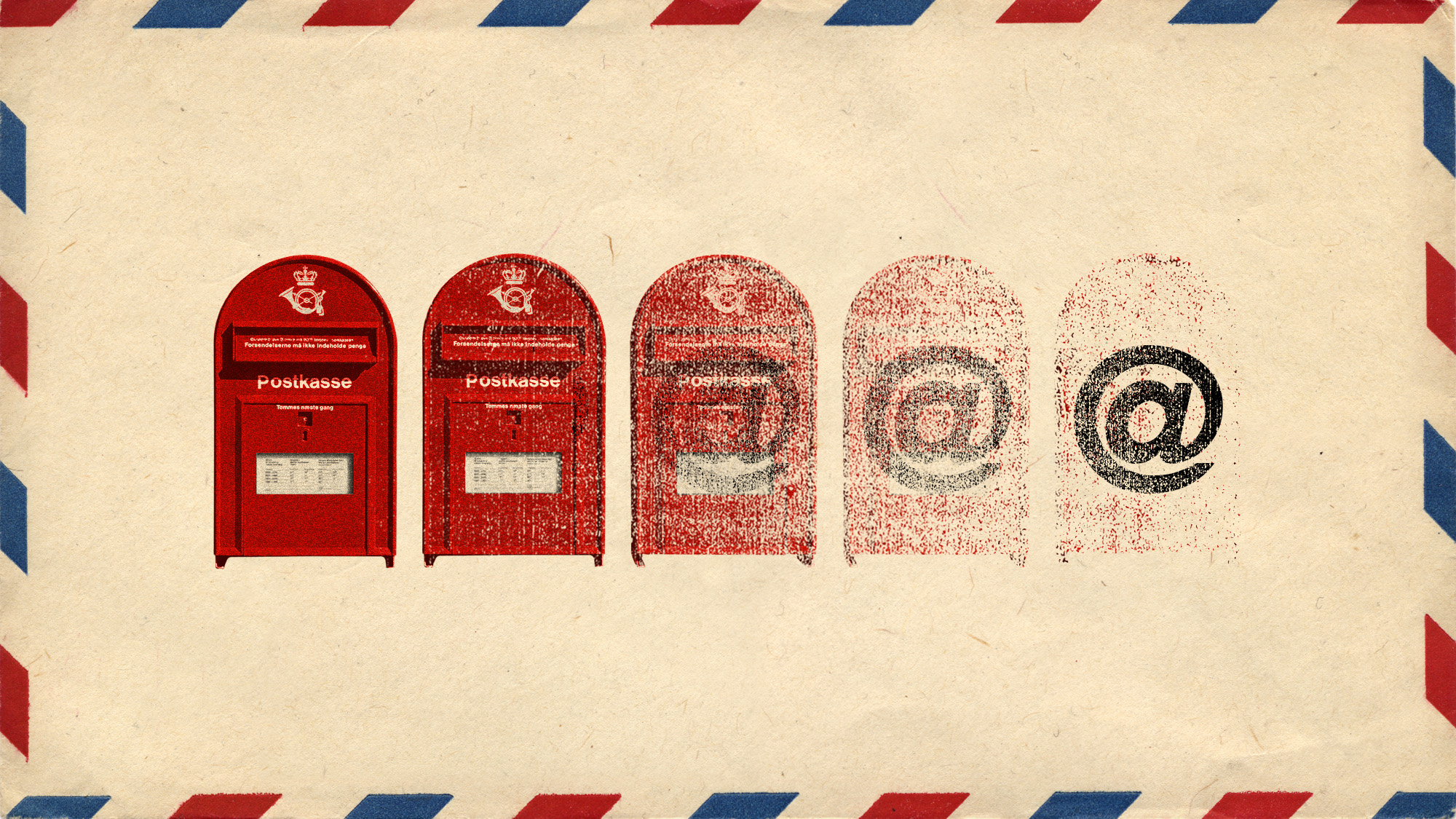 Denmark scraps letters and its iconic red postboxes
Denmark scraps letters and its iconic red postboxesUnder the Radar Danish posties say ‘farvel’ to 400 years of tradition but can Royal Mail weather the storm?
-
 What role will Trump play in the battle over Warner Bros. Discovery?
What role will Trump play in the battle over Warner Bros. Discovery?Today’s Big Question Netflix and Paramount fight for the president’s approval
-
 ‘The menu’s other highlights smack of the surreal’
‘The menu’s other highlights smack of the surreal’Instant Opinion Opinion, comment and editorials of the day
-
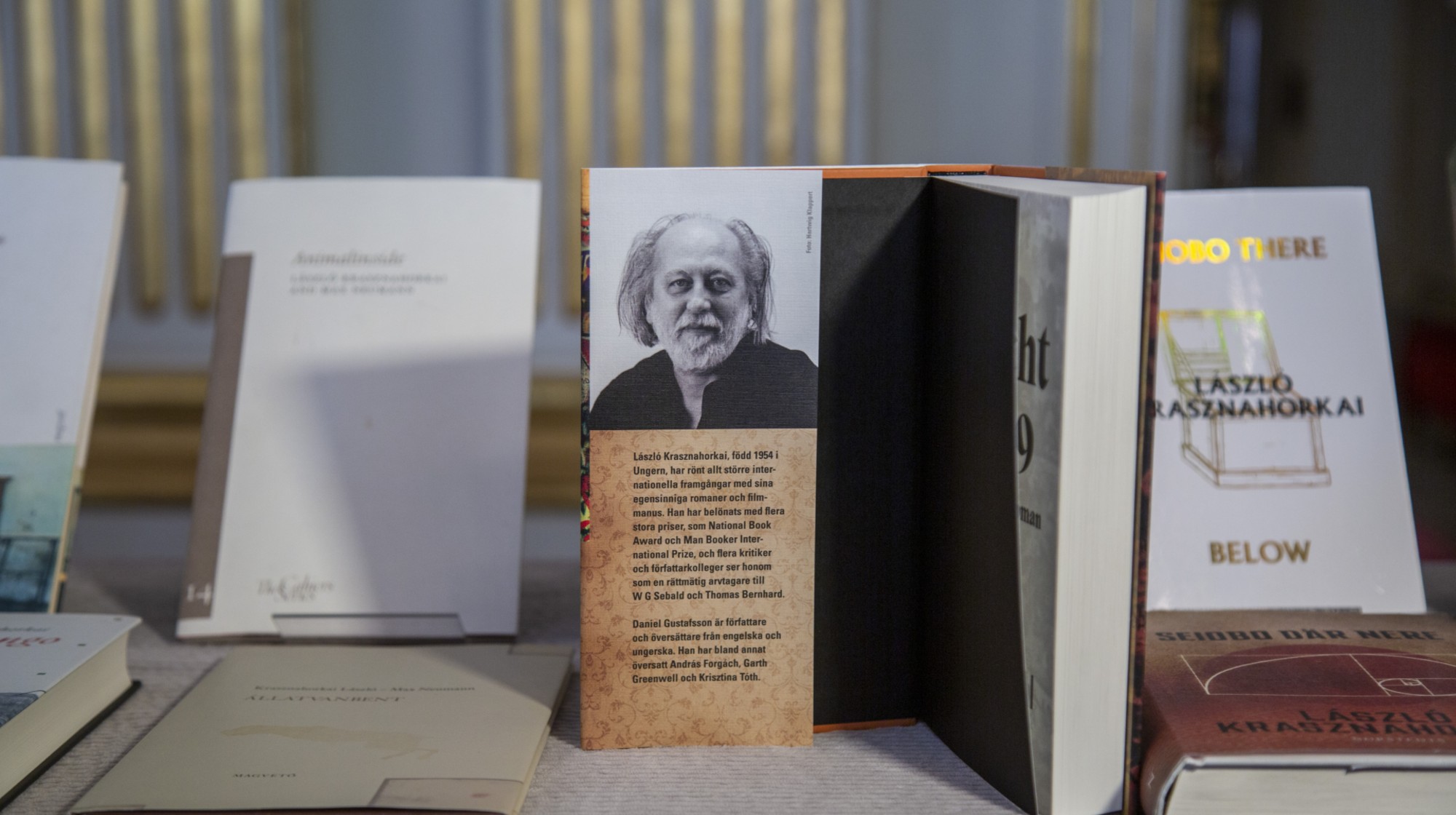 Hungary’s Krasznahorkai wins Nobel for literature
Hungary’s Krasznahorkai wins Nobel for literatureSpeed Read László Krasznahorkai is the author of acclaimed novels like ‘The Melancholy of Resistance’ and ‘Satantango’
-
 Primatologist Jane Goodall dies at 91
Primatologist Jane Goodall dies at 91Speed Read She rose to fame following her groundbreaking field research with chimpanzees
-
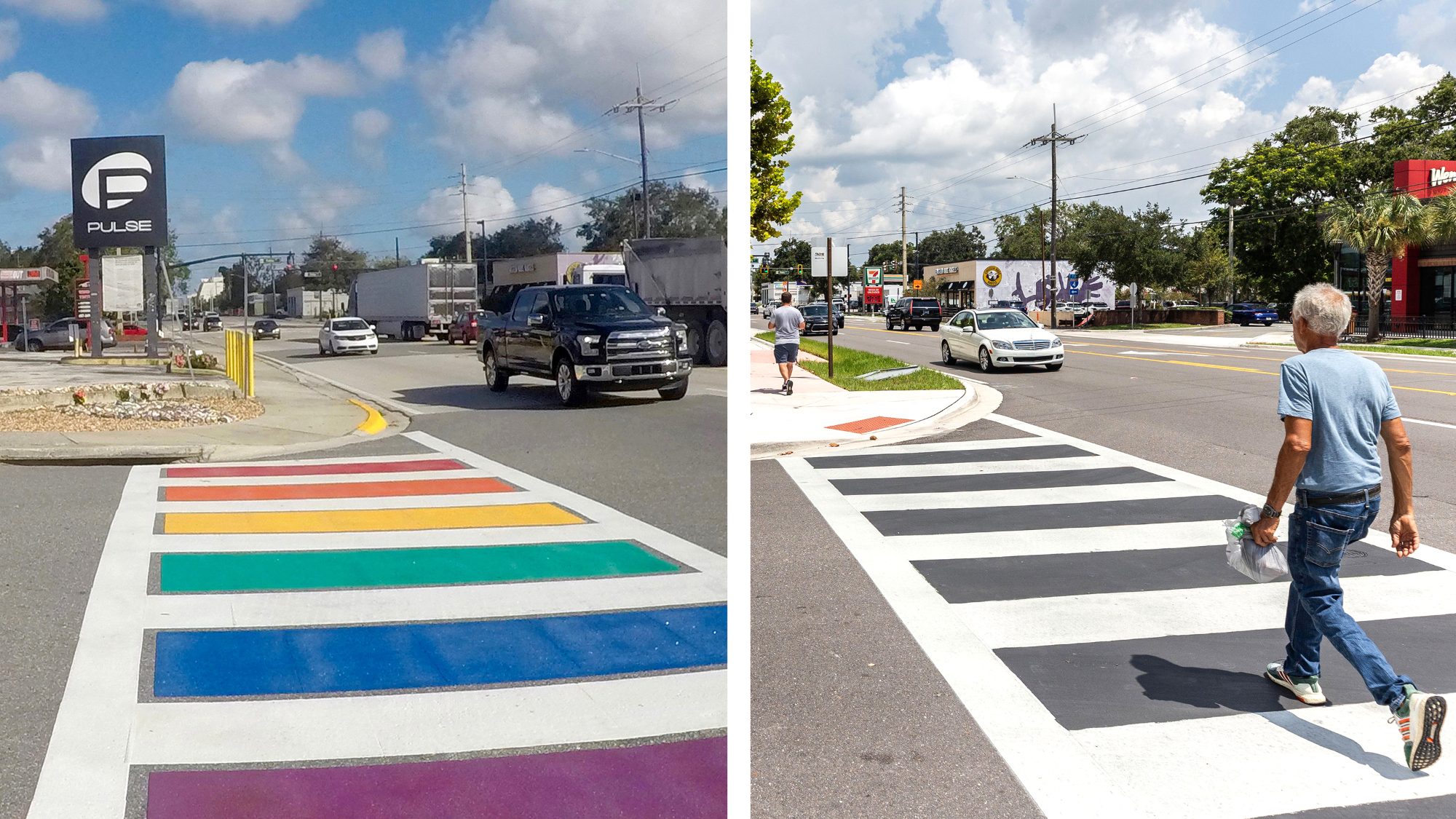 Florida erases rainbow crosswalk at Pulse nightclub
Florida erases rainbow crosswalk at Pulse nightclubSpeed Read The colorful crosswalk was outside the former LGBTQ nightclub where 49 people were killed in a 2016 shooting
-
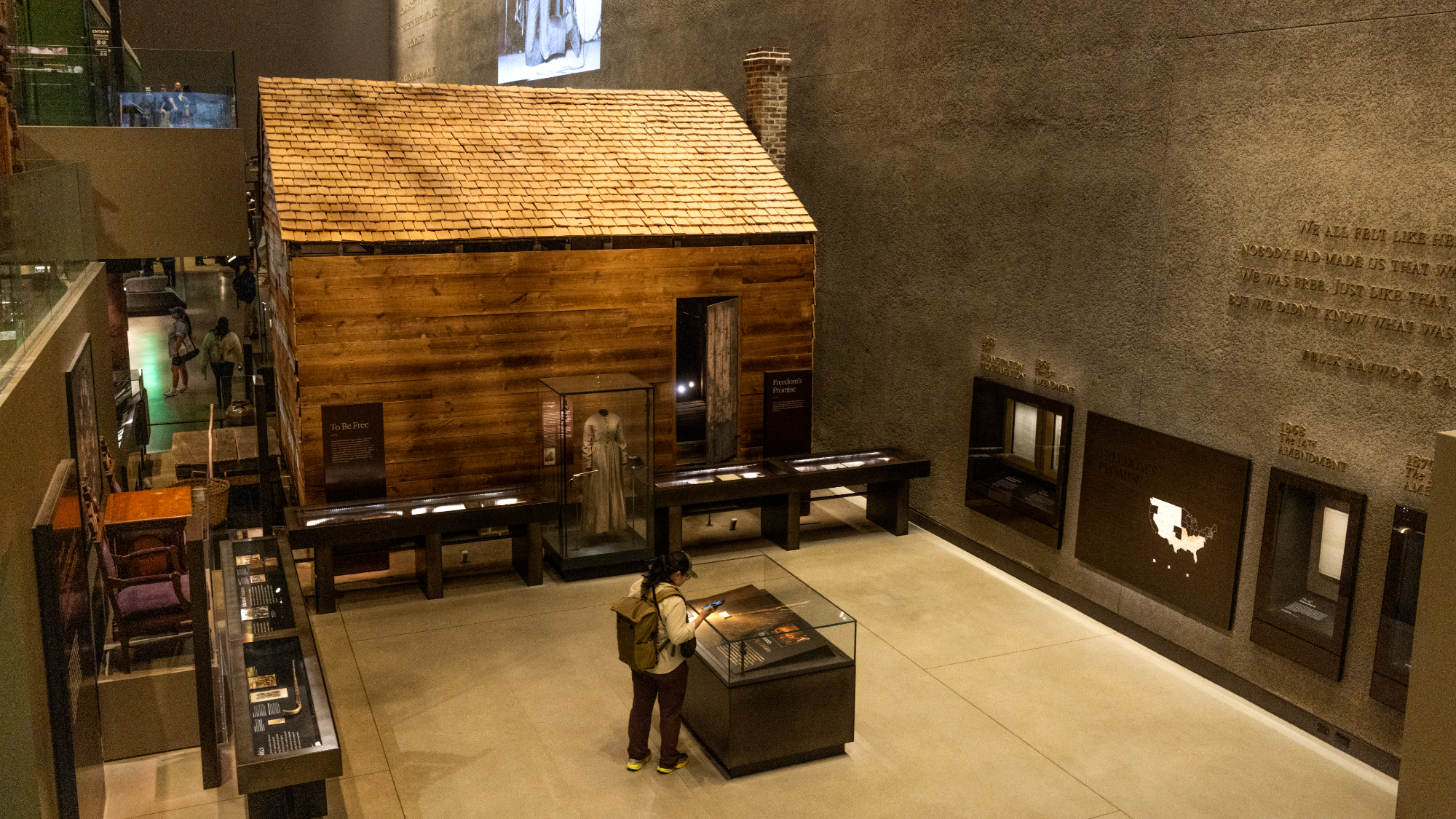 Trump says Smithsonian too focused on slavery's ills
Trump says Smithsonian too focused on slavery's illsSpeed Read The president would prefer the museum to highlight 'success,' 'brightness' and 'the future'
-
 Trump to host Kennedy Honors for Kiss, Stallone
Trump to host Kennedy Honors for Kiss, StalloneSpeed Read Actor Sylvester Stallone and the glam-rock band Kiss were among those named as this year's inductees
-
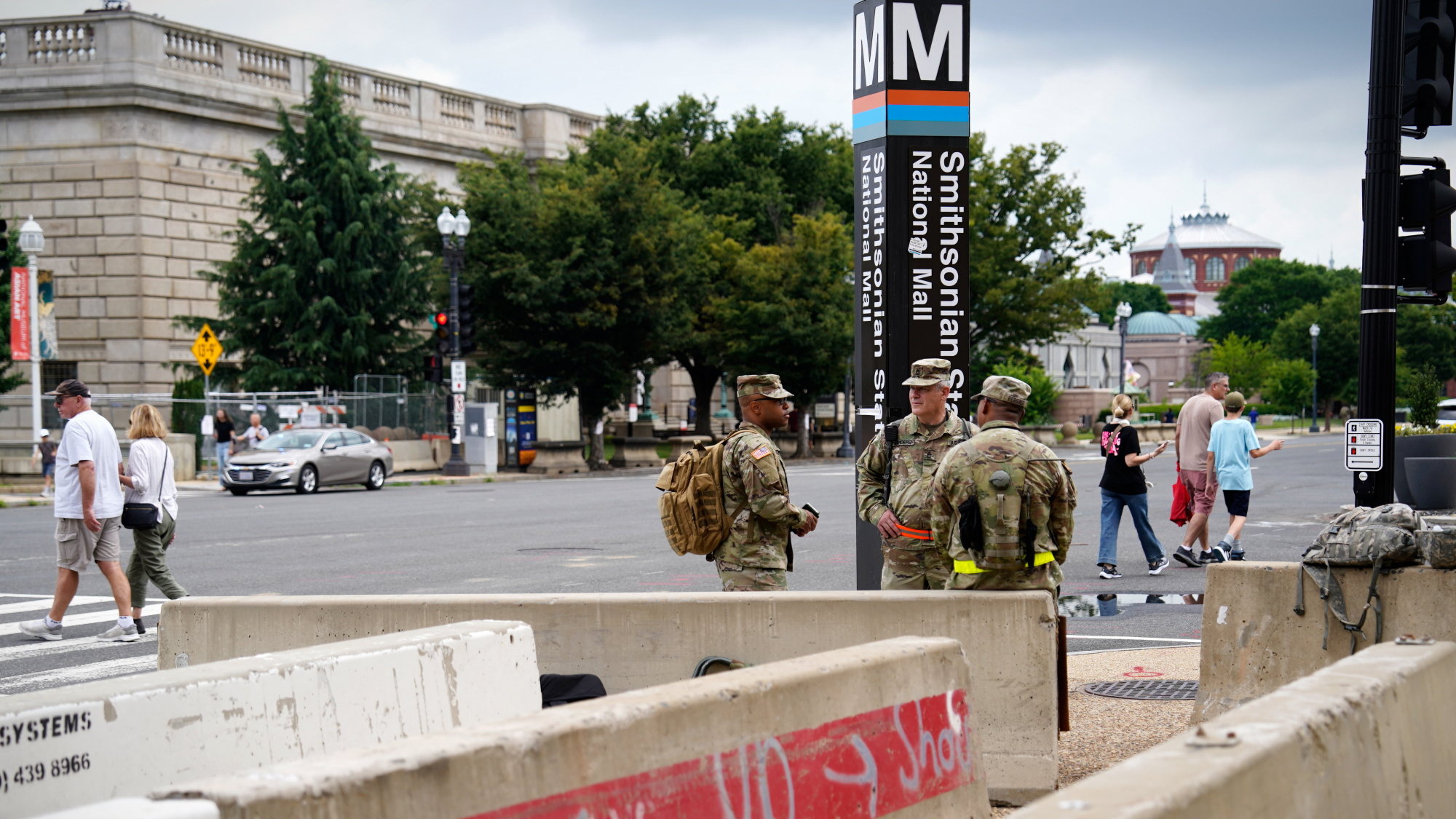 White House seeks to bend Smithsonian to Trump's view
White House seeks to bend Smithsonian to Trump's viewSpeed Read The Smithsonian Institution's 21 museums are under review to ensure their content aligns with the president's interpretation of American history
-
 Charlamagne Tha God irks Trump with Epstein talk
Charlamagne Tha God irks Trump with Epstein talkSpeed Read The radio host said the Jeffrey Epstein scandal could help 'traditional conservatives' take back the Republican Party
-
 CBS cancels Colbert's 'Late Show'
CBS cancels Colbert's 'Late Show'Speed Read 'The Late Show with Stephen Colbert' is ending next year


